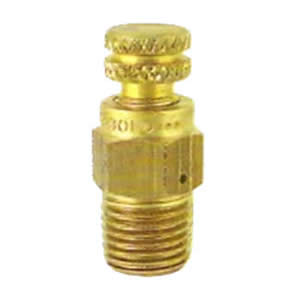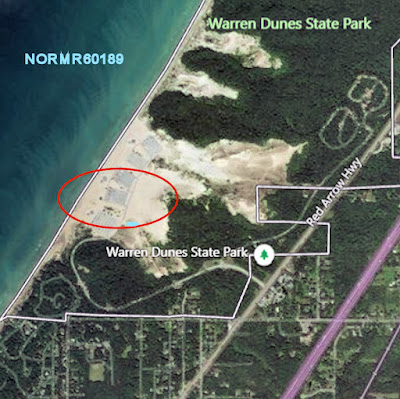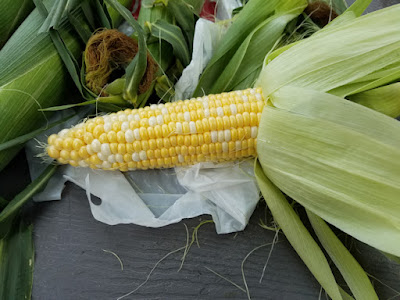 |
| Level indicator on Propane Tank - 87% indicated - is it overfilled? How would we know? Is that important? |
![]()
Proper and improper filling of the Roadtrek propane tank
There are correct, proper fill procedures for propane tanks. And then, there are improper fill procedures. Improper filling, i.e. "overfilling" can result in a dangerous situation. By comparison, underfilling is merely an inconvenience. This post is about how to fill the onboard Roadtrek propane tank to the proper level. It is also about that mechanical dial indicator on the propane tank, and the remote LED LPG indicator inside the Roadtrek. Not all Roadtreks have a remote LED indicator. This is not a "do-it-yourself" post. This is about education and awareness for owners. Only those trained and certified should handle propane. Sadly, not all attendants are competent to do so and I am writing from experience. However, I have never had my propane tank overfilled. Attendants have underfilled the tank. I monitor all filling procedures.
Improper fill procedures can result in a dangerous situation. Propane tanks should never be filled more than 80%. The indicator in the photo above implies that the propane tank is more than 80% full. If this is so, it is a dangerous situation. However, the indicator is not there to be used by the attendant to fill the tank. The indicator and a remote LED dot display are for the Roadtrek owner to provide general information about the amount of propane in the tank. It is possible that the mechanical indicator in the photo above is in error.
This post provides information about the proper procedure to avoid overfilling the propane tank. It is an informational post and is not a training aid or tutorial. If one knows the tank has been properly filled that instills confidence. If one knows that the proper procedures have been followed then one also knows what the number on that mechanical dial indicator is representing when the tank has been properly filled to 80% level, and not more or less.
Underfilled tanks is another improper procedure, but when that occurs it may be inconvenient and it may mean that you will run out of propane earlier than expected. That too is undesirable, particularly if cold weather RVing.
Why is more than 80% dangerous?
Why are propane tanks only filled to 80%? Propane in the tank is liquid, and that liquid expands as the tank temperature increases. Above the liquid in the tank is gaseous propane. Propane in a gaseous state is what is burned. The various burners in the Roadtrek appliances are designed for gaseous propane. If liquid propane gets into the piping of the Roadtrek it may get to the burner for the 3-way refrigerator, the furnace or the rangetop as a liquid. Liquid propane will expand rapidly when exposed to air pressure at the burners and it may burn violently.
The 80% fill point is a cushion to assure that only gaseous propane gets into the propane lines to your appliances.
There are ample warnings about this in the various Roadtrek manuals. If you don't have one, they are available at the official Roadtrek.com website.
How does an attendant determine when to shut off the propane when filling the tank?
Obviously, it is important not to overfill the propane tank. How does an attendant know when to stop filling the tank?
He/she/it does not or should not use the mechanical dial indicator. These indicators are unreliable. The tank is equipped with a more reliable device.
The propane tank is equipped with an "outage" valve. This is a small valve mounted on the tank at the 80% full level. It is to be used by the attendant when filling the tank.
Here's a diagram showing the location of an "outage" or bleed valve on a Manchester Tank Co. propane tank, similar to the one in my Roadtrek 210P:
When an attendant is filling the tank, he/she/it should open the outage valve. It will hiss as the tank is filling with propane, as some gaseous propane escapes. When the liquid propane reaches the level of the outage valve it will "sputter" and some liquid propane will be discharged. This indicates the tank is full to the 80% level. |
| Outage valve on the propane tank of my 2013 210P Roadtrek The outage valve on your Roadtrek may be different |
 |
| Propane level indicator with wiring for remote indicator About 30% level indicated |
 |
| 2013 210P "LPG" Propane remote level indicator LEDs indicate somewhere between 2/3 and 100% level |











































